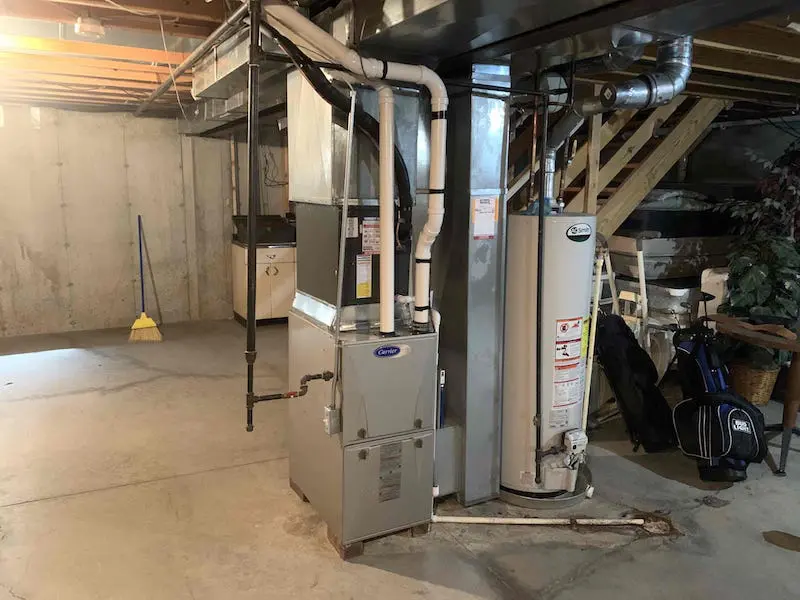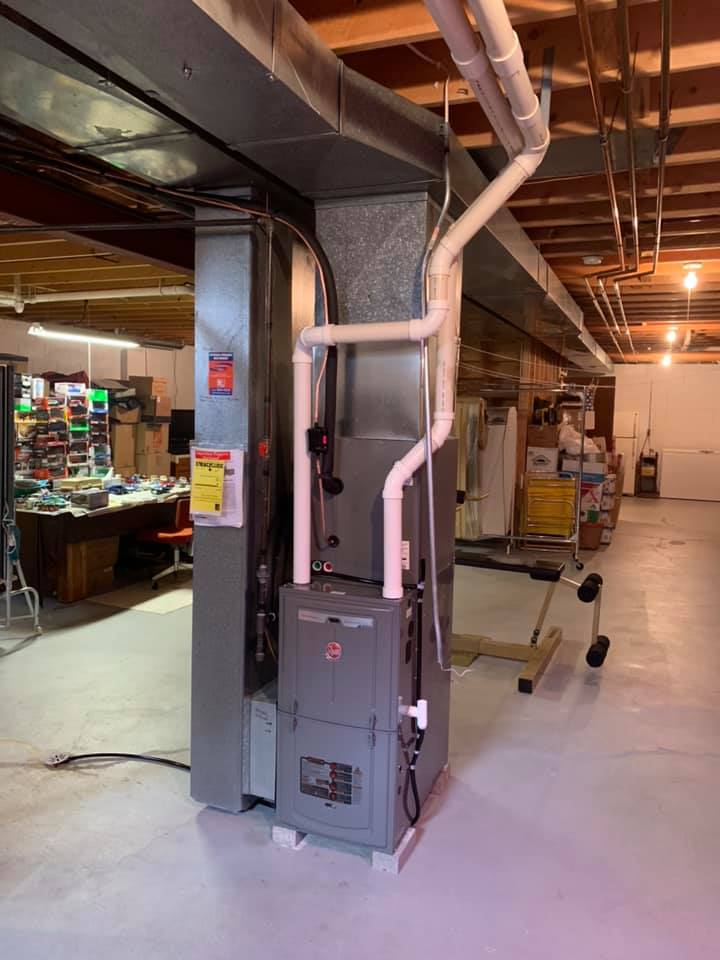Need furnace repair? Count on our HVAC company to get your system running smoothly
The Ultimate Guide to Heater Setup for a Cozy Home
Heater installation is a critical facet of preserving a comfy home environment, especially during the cooler months. As you think about these aspects, the question stays: what steps can you take to ensure your heater serves you well for years to come?
Kinds Of Heaters

Gas furnaces are the most common choice due to their efficiency and reduced operational prices. They make use of all-natural gas or propane, offering fast heating and consistent performance, making them optimal for chillier environments.
Electric furnaces, while typically much easier to install and preserve, often tend to have greater operational expenses. They are commonly favored in areas where gas service is unavailable or for homes with existing electric framework.
Oil furnaces, though less common today, remain a sensible alternative in particular areas. They shed heating oil, which can be helpful during chillier months, yet their reliance on oil distribution poses potential challenges.
In addition, there are high-efficiency designs offered across these kinds, which can substantially reduce power usage and utility bills - furnace installation. Inevitably, comprehending these furnace kinds will assist property owners choose a system that lines up with their heating requires, budget, and power choices
Choosing the Right Size
Picking the appropriate size for a heating system is vital to guaranteeing optimal efficiency and power performance. A small furnace will certainly struggle to maintain comfy temperatures during the chilly months, resulting in boosted deterioration, higher power costs, and prospective system failure. Conversely, an oversized furnace may cycle on and off also often, causing ineffective heating and unequal temperature circulation within the home.
To identify the correct heating system size, a computation referred to as the Handbook J tons estimation need to be performed. This procedure examines numerous aspects, including the square footage of the home, insulation levels, home window sizes, and neighborhood environment problems. This detailed analysis makes sure that the furnace satisfies the specific home heating demands of the area.

Installation Process Summary
In terms of products, you will require address ductwork, insulation, and securing tape to make certain optimal air movement and energy effectiveness - furnace installation. It is also vital to have a new heater filter on hand, along with venting materials, such as PVC pipeline or metal flue, depending on the kind of heater being installed
Security equipment, including gloves, safety glasses, and a face mask, is likewise critical to safeguard versus dirt and debris throughout installation. Having all these tools and products easily offered not only streamlines the procedure however also improves the safety and effectiveness of the heating system installment.
Maintenance Tips for Long Life
To guarantee the durability of your heating system, it is vital to implement a routine maintenance schedule that addresses crucial parts of the system. Begin by changing or cleansing the air filter each to 3 months, as a stopped up filter can limit air flow and decrease efficiency. Additionally, check and clean the blower assembly to stop dirt buildup that can impede performance.
Following, examine the thermostat setups and alter if necessary to ensure exact temperature policy. Evaluate the ductwork for leakages or obstructions, as this can lead to power loss and irregular home heating. Consistently lubricate the electric motor and bearings according to the maker's referrals to decrease wear and tear.
Professional assessments must take place every year, where a certified professional can evaluate the heater's total problem, check for gas leaks, and ensure that security attributes are operating appropriately. Consider installing a programmable thermostat to maximize energy use and maintain consistent home temperatures. By embracing these upkeep techniques, you can enhance your heating system's efficiency, prolong its life-span, and eventually enjoy a comfy and comfy home environment.
Verdict
